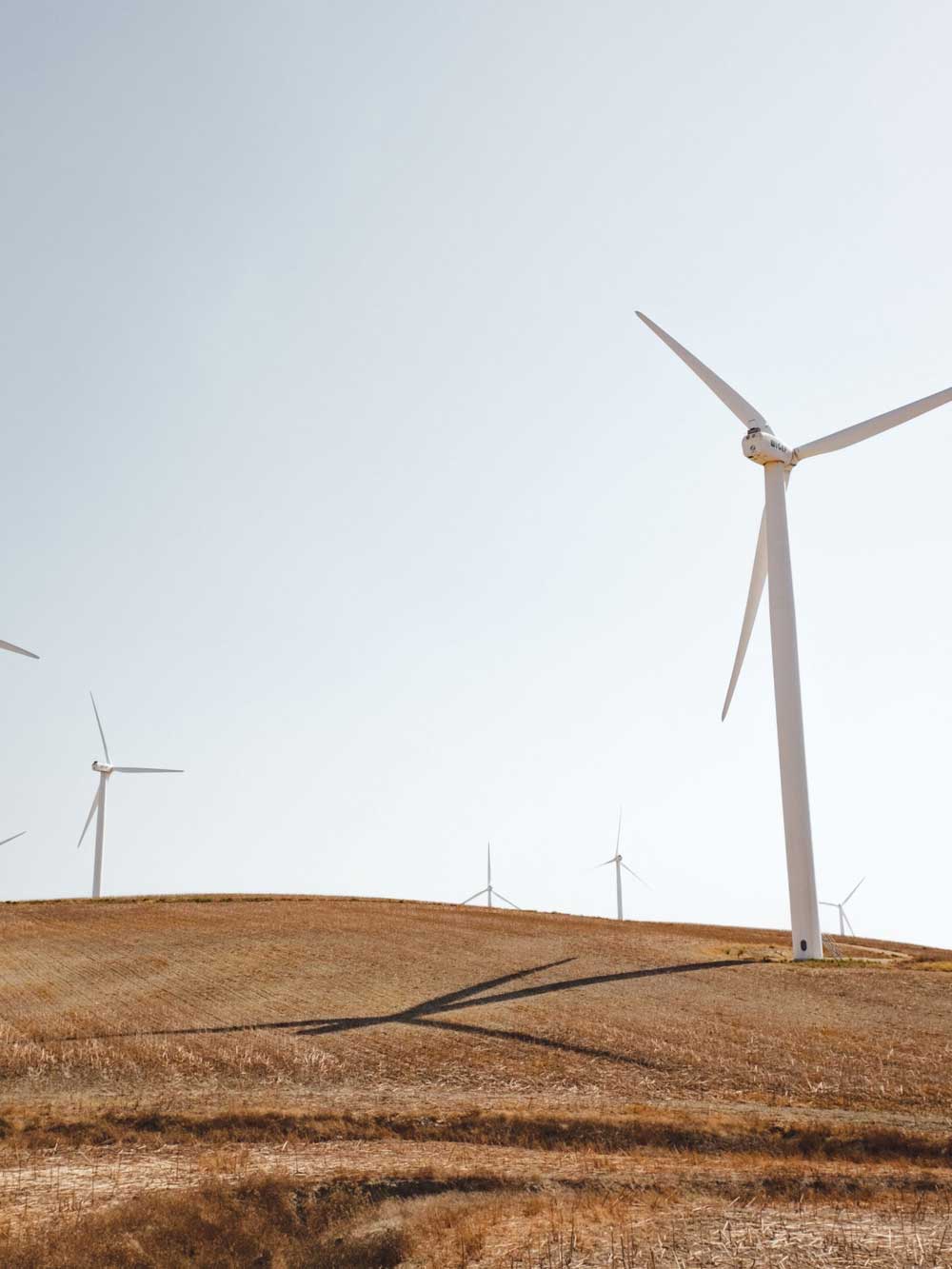Challenges and enabling factors to achieve a just transition
ECOSYSTEM
Positive growth.
Nature, in the common sense, refers to essences unchanged by man; space, the air, the river, the leaf. Art is applied to the mixture of his will with the same things, as in a house, a canal, a statue, a picture.
But his operations taken together are so insignificant, a little chipping, baking, patching, and washing, that in an impression so grand as that of the world on the human mind, they do not vary the result.



Undoubtedly we have no questions to ask which are unanswerable. We must trust the perfection of the creation so far, as to believe that whatever curiosity the order of things has awakened in our minds, the order of things can satisfy. Every man’s condition is a solution in hieroglyphic to those inquiries he would put.
Climate change and environmental degradation reduce productivity and destroy jobs, and their effects fall disproportionately on the most vulnerable. Action to combat these processes can potentially create millions of jobs – but this requires rapid and bold measures to invest in people’s capabilities to realize their full potential and contribute to the productivity of enterprises. The essential process of transition to a green economy may disrupt labour markets and will require reskilling and upskilling of workers to reduce the risk of rising unemployment, poverty and inequality. Massive investments need to be made in reskilling and upskilling to achieve the targets set by the 2015 Paris Agreement and the UN Sustainable Development Goals(SDGs) beyond 2030.
- What are green jobs?
“Green jobs” are decent jobs that improve efficiency in the use of energy and raw materials, limit greenhouse gas (GHG) emissions, minimize waste and pollution, protect and restore ecosystems, and support adaptation to the effects of climate change. They can be found in traditional sectors such as manufacturing or construction, or in new, emerging green sectors such as renewable energy and energy efficiency.
Source: ILO, 2016.
Table 4. Main core skills required for green jobs, by skill level of occupation
Required across the labour force Required in medium to high-skilled occupations
Environmental awareness and protection; willingness and capability to learn
about sustainable development
Analytical thinking (including risk and systems analysis) to interpret and
understand the need for change and the measures required
Adaptability and transferability skills to enable workers to learn and apply the
new technologies and processes required to green their jobs
Coordination, management and business skills that can encompass holistic
and interdisciplinary approaches incorporating economic, social and ecological
objectives
Teamwork skills reflecting the need for organizations to work collectively on
tackling their environmental footprint
Innovation skills to identify opportunities and create new strategies to respond to
green challenges
Resilience to see through the changes required • Marketing skills to promote greener products and services
Communication and negotiation skills to promote required change to colleagues
and customers
Consulting skills to advise consumers about green solutions and to spread the
use of green technologies
Entrepreneurial skills to seize the opportunities of low-carbon technologies and
environmental mitigation and adaptation
Networking, IT and language skills to perform in global markets
Occupational safety and health (OSH) • Strategic and leadership skills to enable policy-makers and business executives
to set the
